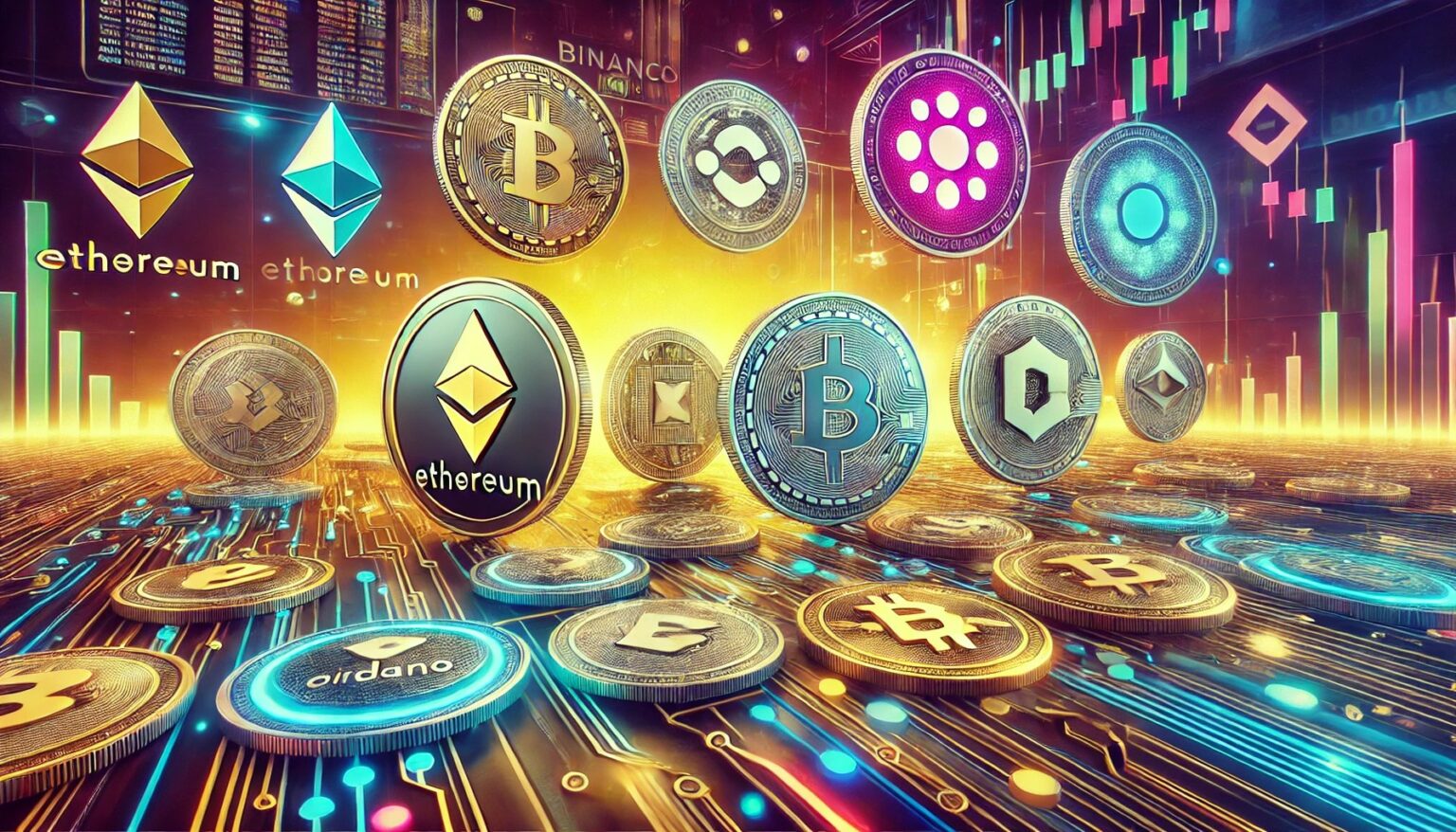Cryptocurrency enthusiasts frequently anticipate the phenomenon known as “altcoin season,” where alternative cryptocurrencies outsharpen Bitcoin in terms of price gains. This expectation often follows significant rallies in Bitcoin’s value, leading to the belief that altcoins will soon follow suit with explosive growth. However, the current cycle has deviated from these expectations, leaving many investors and analysts questioning the whereabouts of the anticipated altcoin season.
Understanding the Current State of the Altcoin Market
The Waiting Game: Altcoin Season’s Delayed Arrival
Renowned cryptocurrency analyst Michaël van de Poppe recently took to X (formerly known as Twitter) to address his substantial following of over 790,000 users regarding the state of the altcoin market. Contrary to widespread belief, van de Poppe contends that the altcoin season is yet to commence, despite popular assumptions that it has already ended. According to him, the altcoin market remains entrenched in a bear phase, but this could be on the verge of change.
In his analysis, the persistent strength of Bitcoin, which still trades above significant levels, contrasts sharply with the performance of altcoins, hovering near their recent lows. Despite the bleak sentiment surrounding altcoins, van de Poppe maintains optimism, suggesting that the end of the bear market could herald a crypto bull run larger than any seen before. He emphasizes that patience will be key, as the next 1-3 years will usher in unique market dynamics not previously experienced.
The Impact of Market Anomalies on Altcoin Trends
Van de Poppe notes several factors distinguishing the current cycle from its predecessors, primarily highlighting the substantial investments from institutional players like Michael Saylor’s Strategy and BlackRock’s interest in Bitcoin through ETFs. These activities have resulted in capital remaining concentrated in Bitcoin, rather than diversifying into altcoins as previously observed.
Furthermore, unlike the 2020-2021 cycle, the current environment lacks the abundance of disposable income that surfaced post-COVID-19 due to governmental economic stimuli. The absence of this “free cash” has diminished the impetus for a similar altcoin surge.
Additionally, the rapid emergence of meme coins, facilitated by easy creation and market entry, has led to an over-saturated market with diluted liquidity. Macroeconomic factors, including geopolitical tensions like international tariff disputes, have also played roles in stifling market enthusiasm, disproportionately impacting altcoin valuations.
FAQ: Addressing Common Queries for Altcoin Investors
Is investing in altcoins still a viable strategy?
Investing in altcoins remains a potentially profitable venture, but it requires thorough research and understanding of each coin’s underlying technology, market trends, and potential risks. Diversifying investments and staying informed about market dynamics is crucial.
What should investors look for in a promising altcoin?
Investors should evaluate an altcoin’s use case, development team, community support, and market positioning. Assessing these factors can provide insights into the coin’s long-term viability and potential for growth.
How do institutional investments influence the altcoin market?
Institutional investments primarily focus on Bitcoin and established cryptocurrencies, often leading to Bitcoin dominance. This can result in reduced liquidity and attention for altcoins, affecting their market movement.
This exploration of the altcoin market delves into the nuances of current trends and the factors influencing potential future growth. The insights provided here, alongside expert analysis, aim to equip investors with the knowledge needed to navigate and capitalize on the evolving cryptocurrency landscape.

